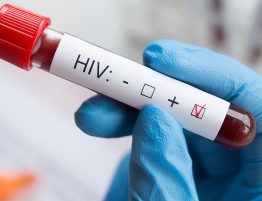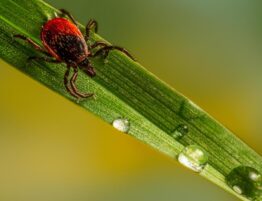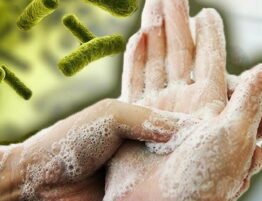
Malaria
Malaria is a life-threatening disease caused by parasites that are transmitted to people by the bite of infected mosquitoes.
In addition, this disease can be transmitted to the fetus from the mother, during a blood transfusion or through contact with the blood of an infected person. Malaria is most common in tropical climates, especially in rural areas. In some places, the level of infection reaches epidemiological levels, but in cities this problem is less pressing.
The disease is caused by one of four types of malaria parasites called plasmodia.
Plasmodium enters the human bloodstream through the bite of an infected mosquito. Scientists say that infectious individuals are more active at night.
Malaria is an infection that kills over 1 million people every year. Despite the fact that this is predominantly a tropical infection, there are conditions for its spread in the CIS countries and Belarus. This is due to the importation of malaria from other countries, the presence of a source (parasite carrier), a carrier (mosquito), climatic conditions and the lack of immunity to malaria.
Symptoms
Malaria manifests itself in a stage of acute febrile attacks – this is the primary attack, which is subsequently replaced by a febrile stage. In some patients for whom proper treatment was not available, fever returns every one to two weeks for two to three months.
After completion of the incubation period of the disease, the duration of which varies from one to six weeks, non-immune patients begin a prodromal stage, which is characterized by periodic chills, headache, general malaise, low-grade fever, diarrhea, and muscle pain.
An attack of malaria occurs with a change of phases – severe chills, fever, profuse sweating. During a chill, the skin turns pale, cold, becomes rough and acquires a bluish tint. The chill lasts from 15 minutes to three hours and is complemented by a sharp rise in temperature to 39 – 40 degrees or even more. At the same time, muscle pain and headache intensify, the victim feels intense thirst, there is vomiting, and sometimes delirium. Then the face begins to turn red, the skin becomes hot, and a rapid heartbeat is noted. This is how the heat stage begins. After a few hours, the heat stage is replaced by profuse sweating, and the temperature drops critically. General health improves, but weakness does not go away.
Who is at risk?
Approximately half of the world’s population is at risk of malaria. Most malaria cases and deaths occur in sub-Saharan Africa. However, Asia, Latin America and, to a lesser extent, the Middle East and parts of Europe are also affected by the disease. In 2014, malaria transmission continued in 97 countries and territories.
Populations at particular risk include the following: young children, non-immune pregnant women, partially immunized pregnant women, HIV-infected pregnant women with partial immunity, people with HIV/AIDS, international travelers from non-endemic areas, andmigrants from endemic areas and their children.
Prevention
Vector control is the main way to reduce malaria transmission at the community level. This is the only intervention that can reduce malaria transmission from very high levels to almost zero.
In the area of personal malaria prevention, the first line of defense is personal protection against mosquito bites.
Two types of vector control are effective in a wide range of conditions:
- Insecticide-treated mosquito nets.
- Indoor spraying of residual insecticides.
Antimalarial drugs may also be used to prevent malaria.
Vaccines against malaria
There are currently no licensed vaccines against malaria.







